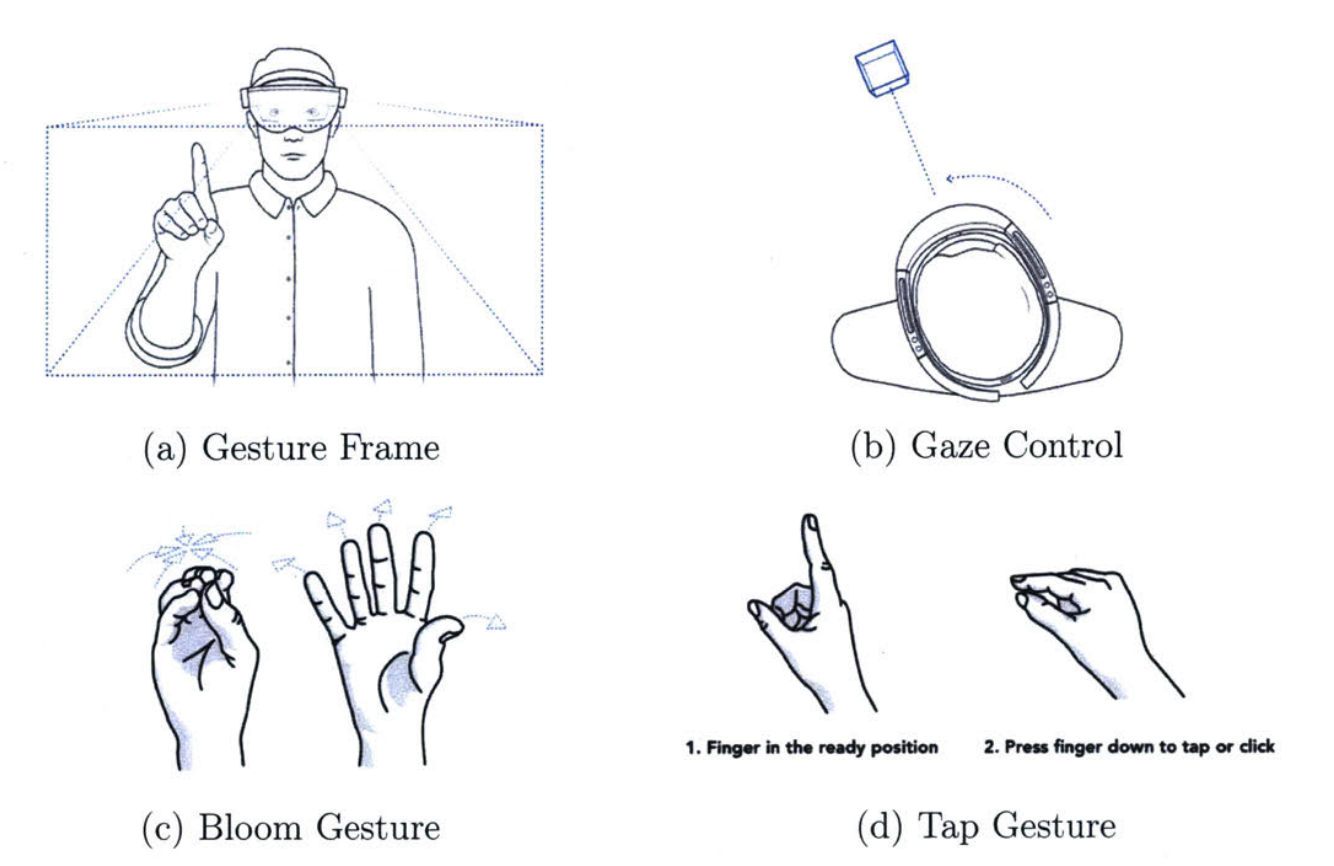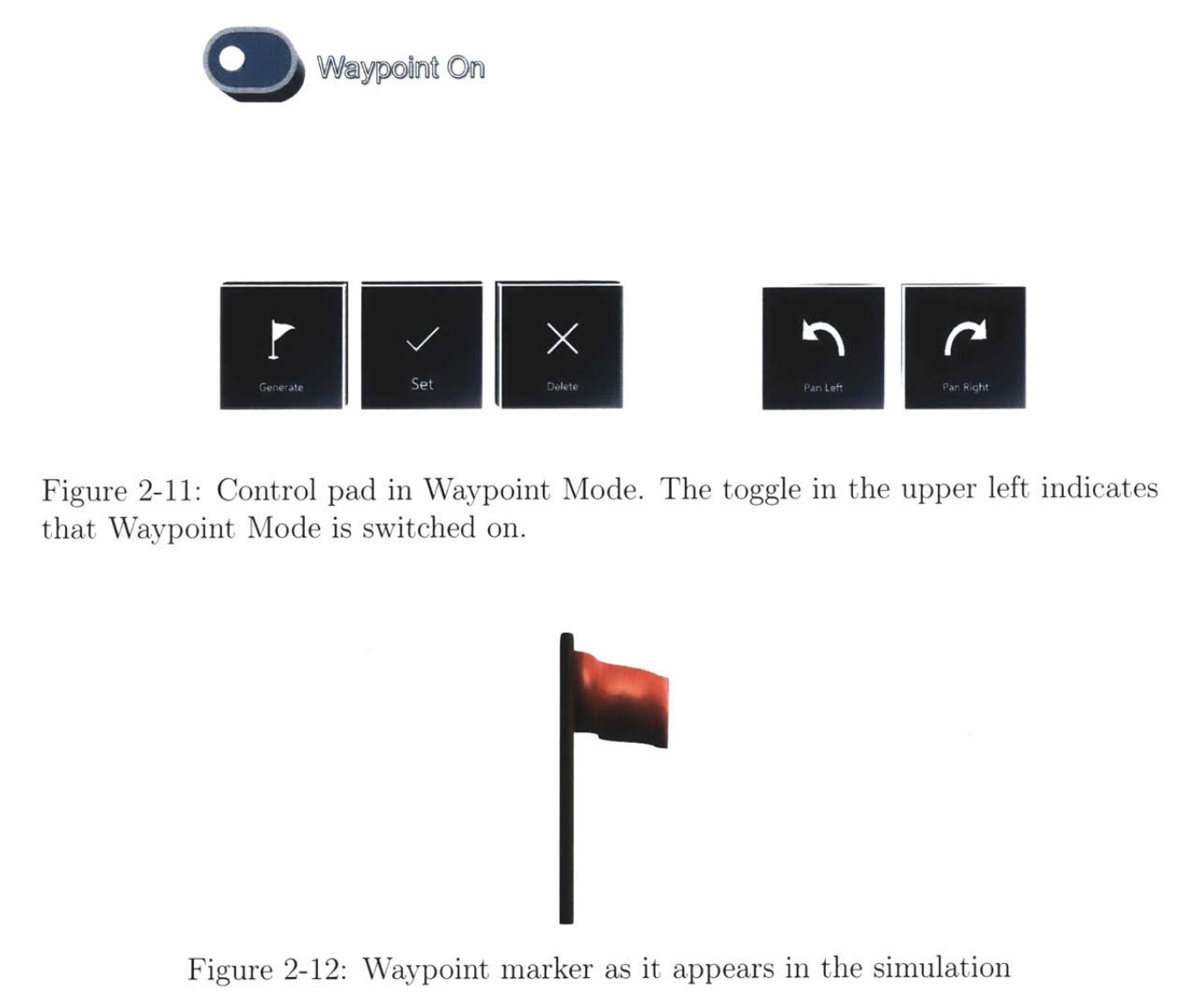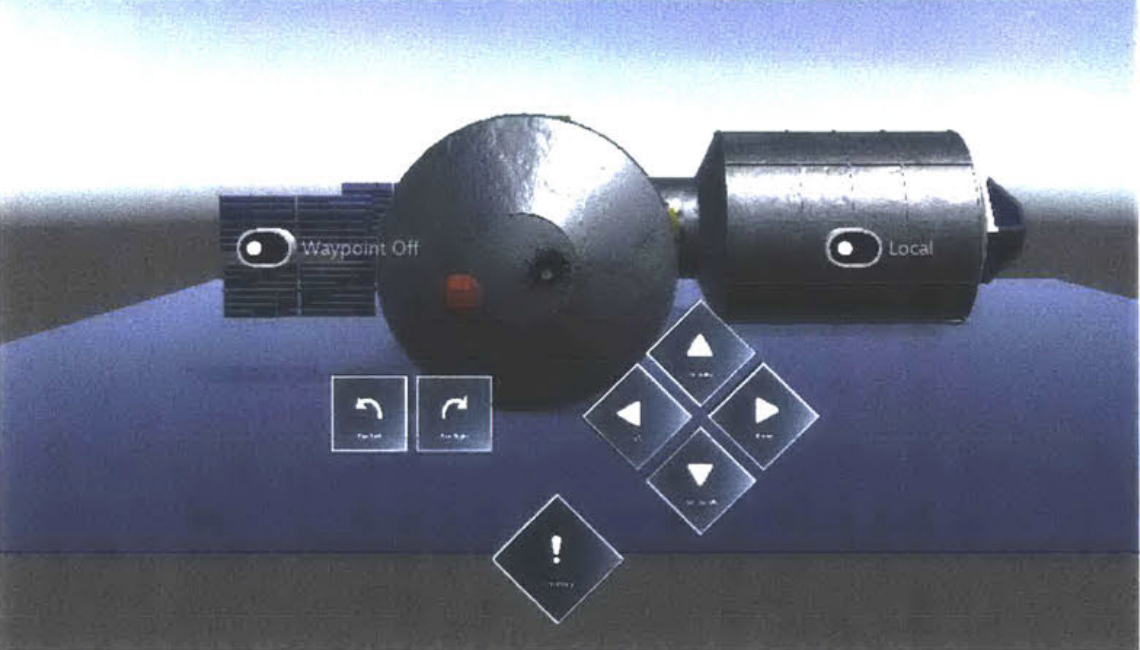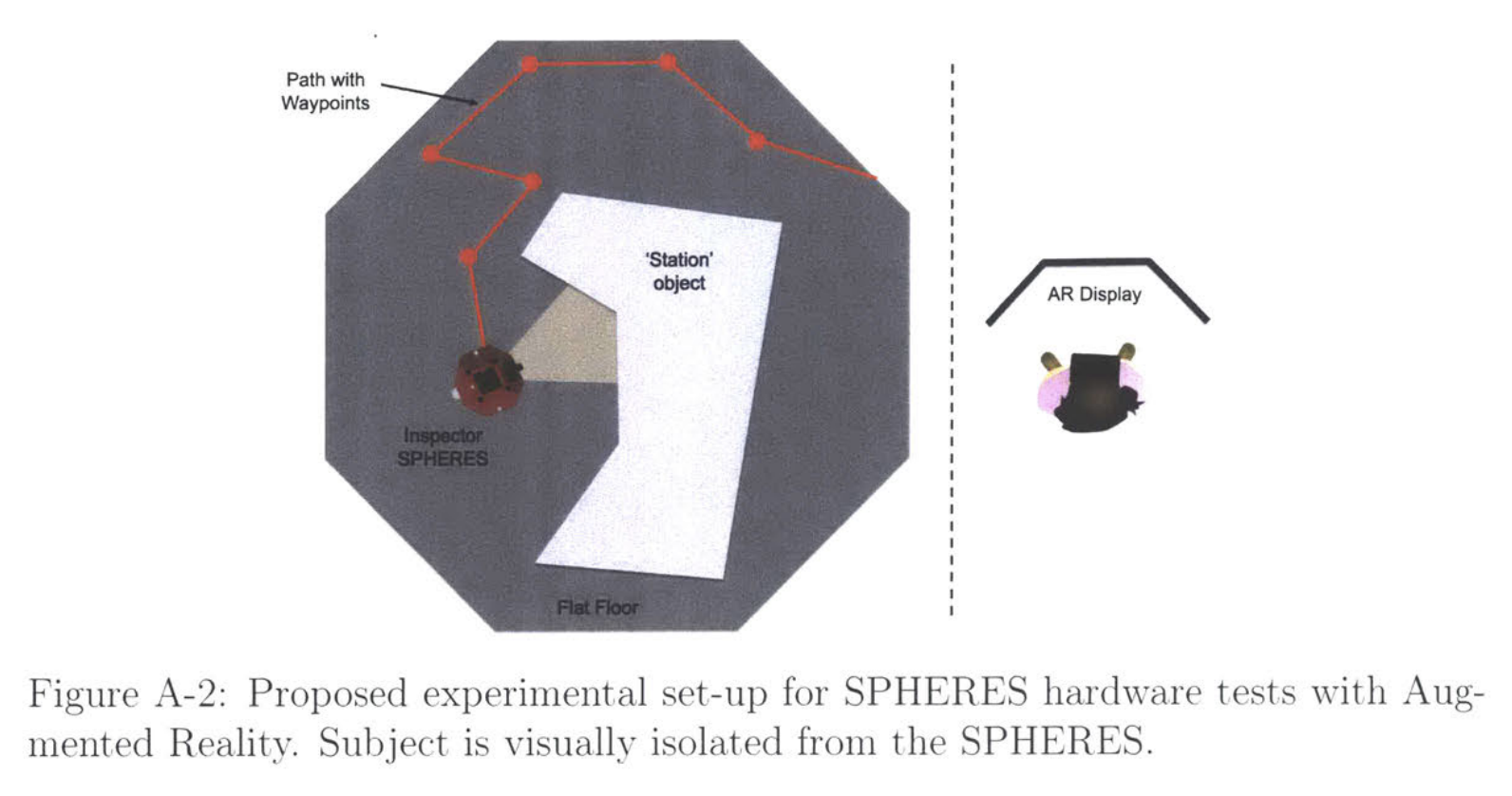skills used/developed
- Unity/C#
- Augmented Reality
- Microsoft HoloLens
- Experiment Design
- Human Factors Engineering
- Human-centered Studies
- Training Program Design




